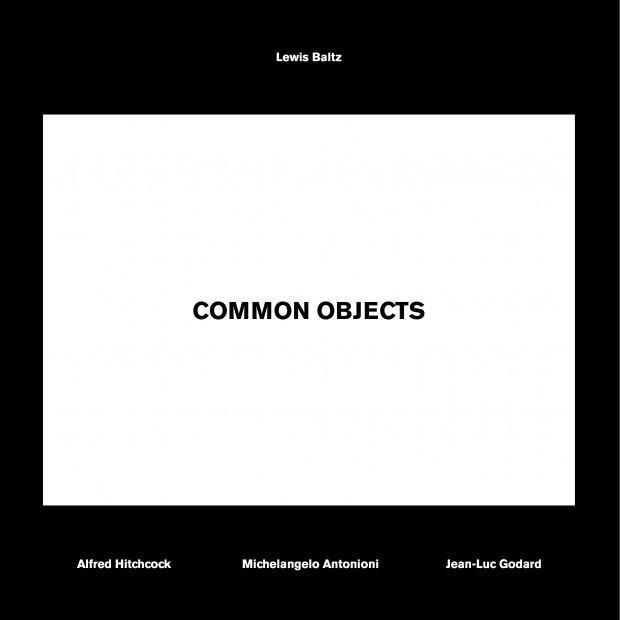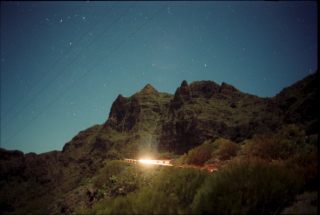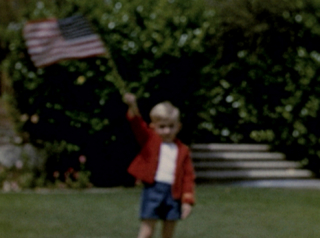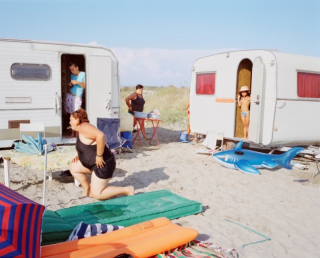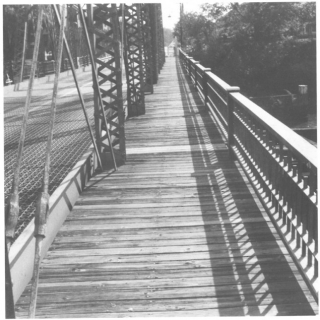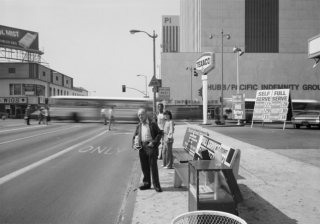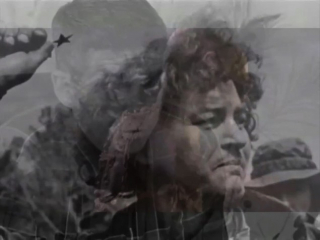Lewis Baltz
"It might be more useful, if not necessarily more true, to think of photography as a narrow, deep area between the novel and film." Lewis Baltz
With The new Industrial Parks near Irvine (1974), Lewis Baltz was represented in the inaugural exhibition Anonymes, Unnamed America in September 2010. Now he is back at Le BAL with the biggest exhibition of his work to have been put on in France since the retrospective at the Musée d'Art moderne de la Ville de Paris in 1993. Conceived by Dominique Païni, David Campany and Diane Dufour and in narrow collaboration with the artiste, the exhibition shows the remarkable series from The Prototype Works (1967-1976) to Ronde de nuit (1992-1995) and questions for the first time the impact of cinema on his works.
Lewis Baltz's oeuvre is thoroughly imbued with avant-garde movements like Minimalism, Land Art, and Pop Art, but films, notably European films, were his greatest source of inspiration.
'When I was young, there weren't any contemporary art museums on the West Coast. Warhol wasn't the icon that he became later. High culture for us was the cinema. We never missed any movie by Hitchcock or Antonioni or Godard.' LB
Like Hitchcock, Lewis Baltz attaches a lot of importance to what is happening off-screen, the things that are absent from the image but justify it. Like Godard, he uncomposes and recomposes ad infinitum in his search for the right form. Like Antonioni, he translates a feeling of total loss with a finely tuned pictorial sensitivity combined, paradoxically, with extreme detachment. For all of them, the most ordinary object, gesture or sign can give rise to reflections at a metaphysical level.
Born in 1945 at Newport Beach (California), Lewis Baltz belongs to the same generation of artists as Jan Dibbets, Douglas Huebler and Bruce Nauman – artists who used photography in the 1960s as an implement for expressing the structural connection between man and his environment. As an admirer of Edward Weston's ’tactile three-dimensional, utterly accurate images', Lewis Baltz aspires, like Ed Ruscha, to the most basic condition of photography:
'A way of creating which does not rely on chance – is not at the mercy of the moment – but depends on the meticulous analysis of a process.' LB
After 1965, Lewis Baltz was one of the first to become interested in the spectacular urbanisation of the West Coast of the United States, the peripheral areas with their warehouses or services, the drab back-lots and tracts of land covered with industrial waste. In The Prototype Works (1967-1976) and The Tract Houses (1969-1971) – first exhibited by New York gallerist Leo Castelli in 1971 – the anonymity of the architectural patterns, the opacity of the facades and the impoverished geometry of the structures are rendered by the abstraction of the forms, which seem to be inhabited by nothing except intense luminosity. Everything has become a radiating surface.
In 1975, Lewis Baltz took part in the legendary exhibition New Topographics: Photographs of a Man-altered Landscape, at George Eastman House, Rochester, (along with Stephen Shore, Bernd and Hilla Becher, Robert Adams, Frank Golkhe, Henry Wessel, and others) – an exhibition that was to have a considerable influence on several generations of photographers.
Lewis Baltz honed his visual syntax with his series Nevada (1977), Near Reno (1986-1987) and Candelstick Point (1987-1989): an image is a space to be constructed; a series operates through repetition and subtraction of the imagese; the whole reveals the systems operating behind the apparent chaos of the world.
In his magisterial installation Ronde de Nuit (1992-1995), Lewis Baltz breezes through the succession of images. Eleven vertical panels appear and disappear in a metaphor of the circle composed of voyeurism, surveillance and spectacle. Videos, screens, rays of light, cables, and networks stage an opaque, silent processing of information, now an instrument of control. Lewis Baltz allows to see the measure of emptiness
'bit by bit, piece by piece, the evidence like a legal brief’. LB
To coincide with the exhibition, LE BAL co-publish with Steidl, a book conceived by Pierre Hourquet with texts by Dominique Païni and David Campany. It received the support of Neuflize Vie.
Curators : Dominique Païni, David Campany et Diane Dufour
The exhibition is produced in collaboration with Fondation A Stichting (Bruxelles), Fotomuseum Winterthur, David Knaus and the Artworkers Retirement Society.
With the support of the Galerie Thomas Zander (Cologne) and the Gallery Luisotti (Santa Monica).
Medias partners : France Culture, Artpress, Parisart, Polka, TimeOut Paris, Connaissance des arts et l'Oeil de la photographie.
Share
Related
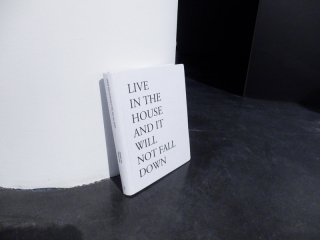
Lewis Baltz Research Fund
Inaugural recipents 2015 : Alessandro Laita & Chiaralice Rizzi
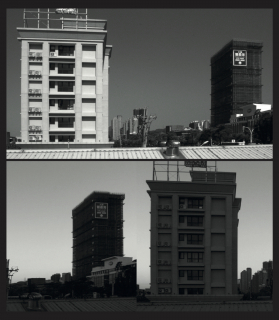
LEWIS BALTZ RESEARCH FUND
2016 recipients : Reichrichter
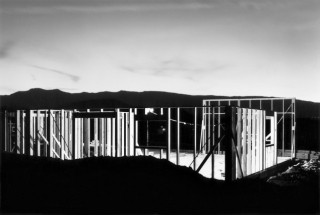
Soirée around Lewis Baltz
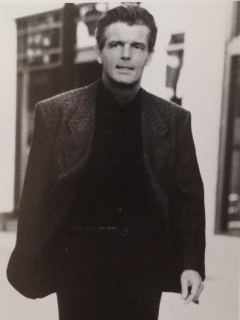
LEWIS BALTZ RESEARCH FUND
Creation support
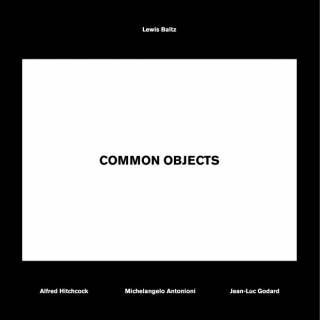
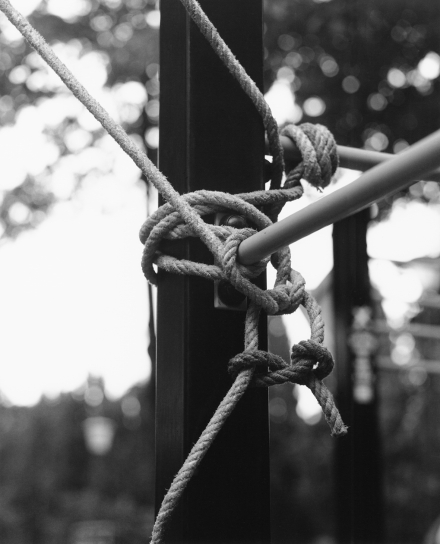
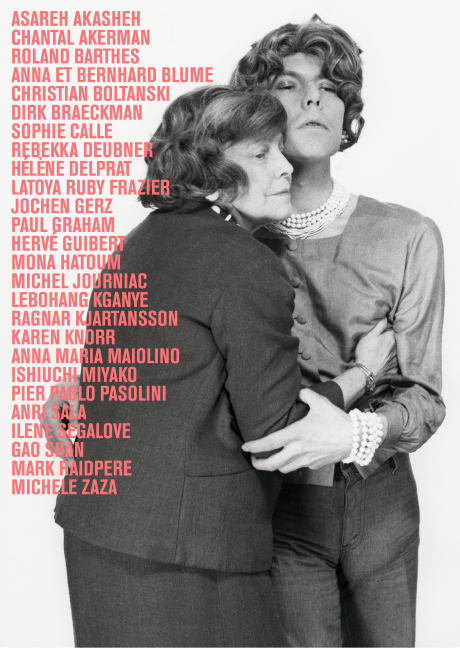
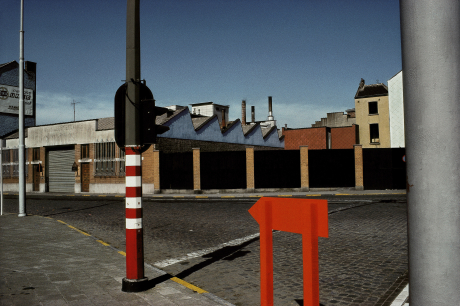
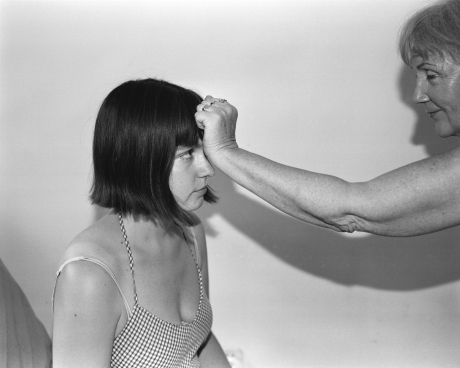
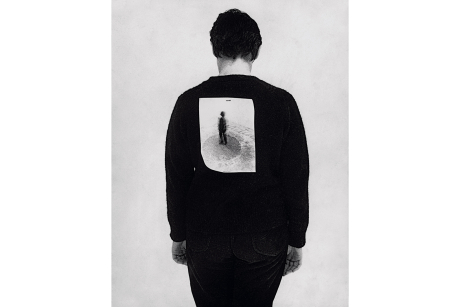
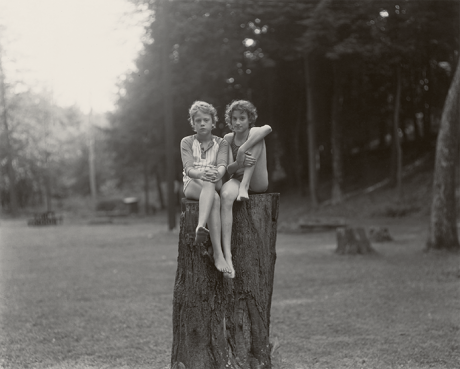
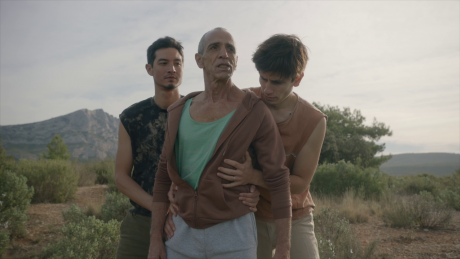
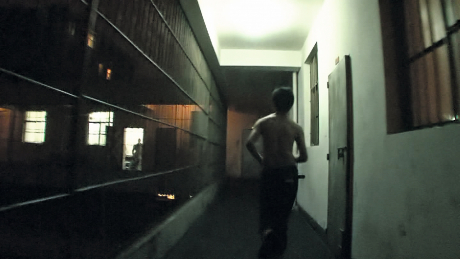
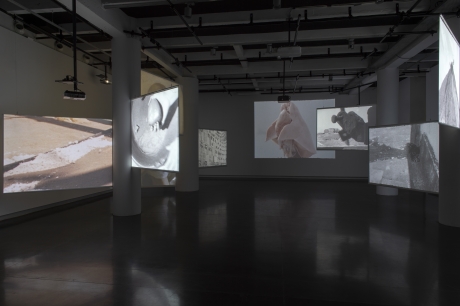
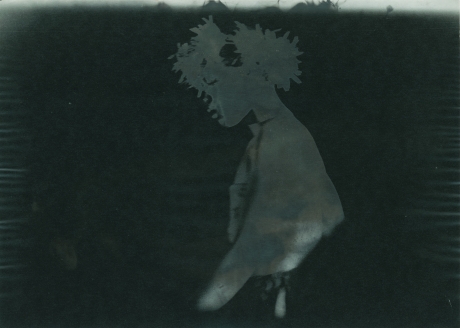
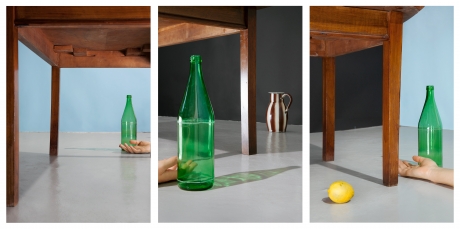
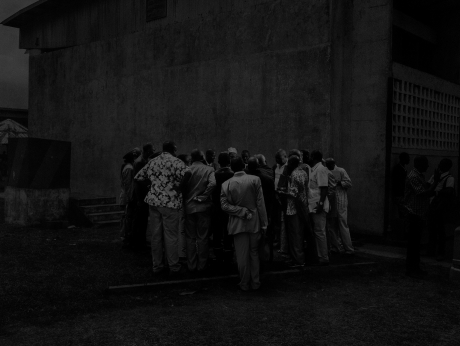

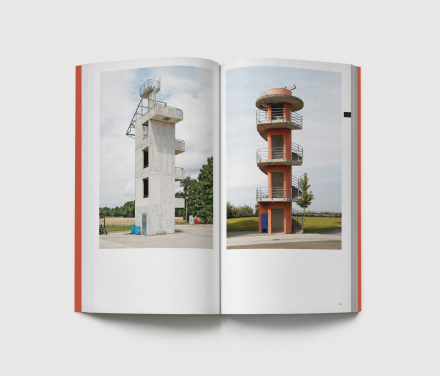
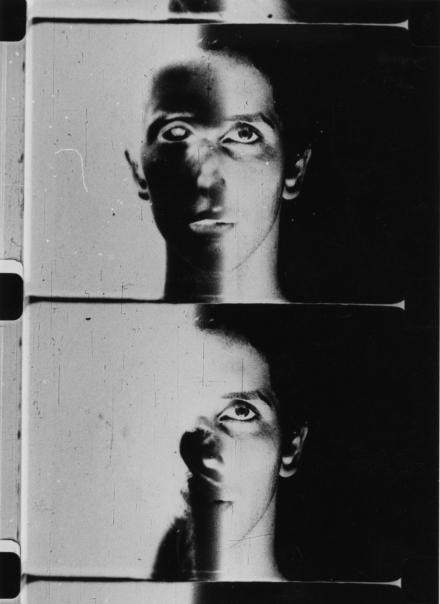
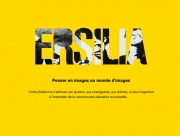

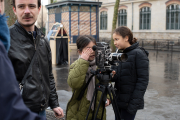
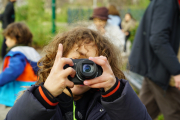
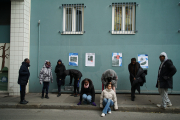
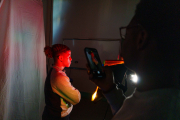
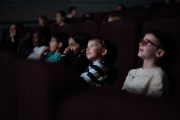

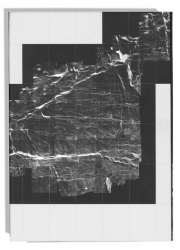
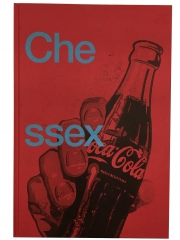
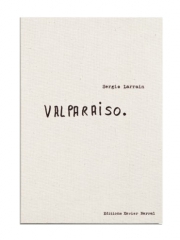
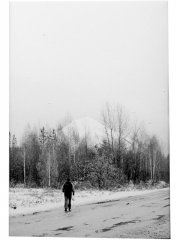
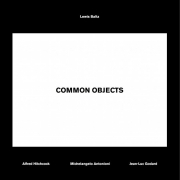
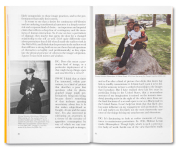
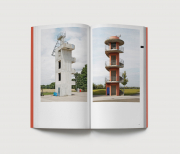
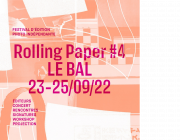
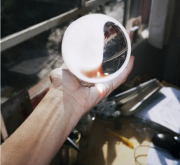
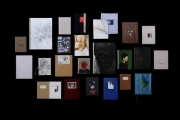
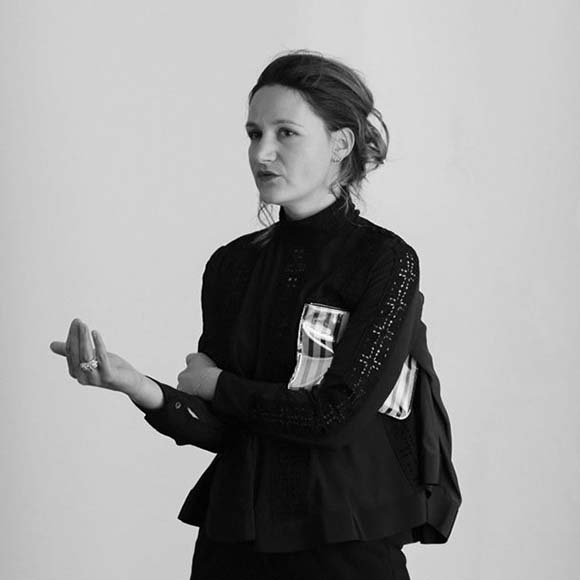
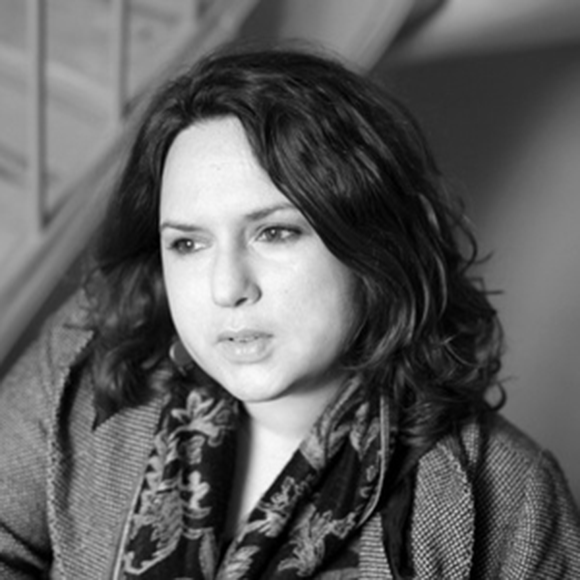
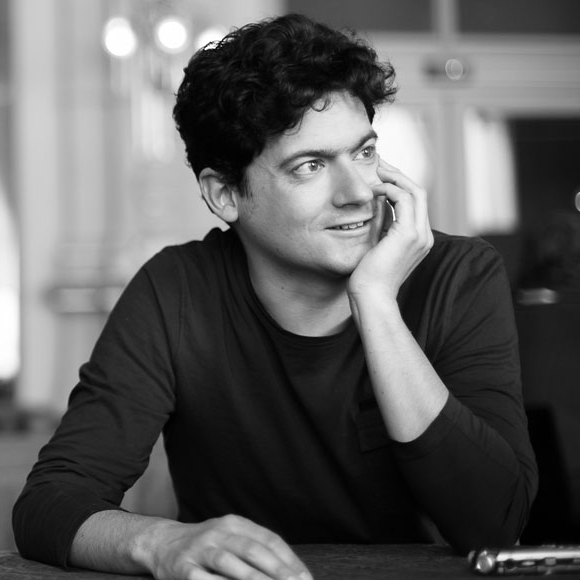
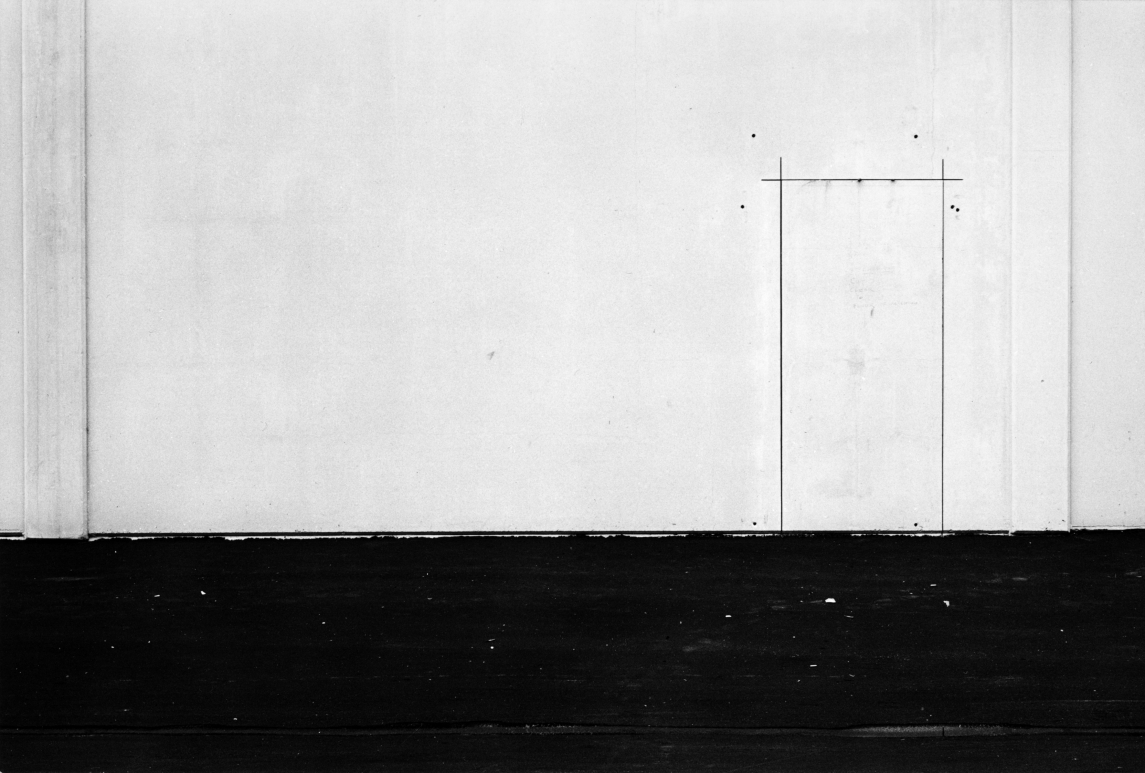
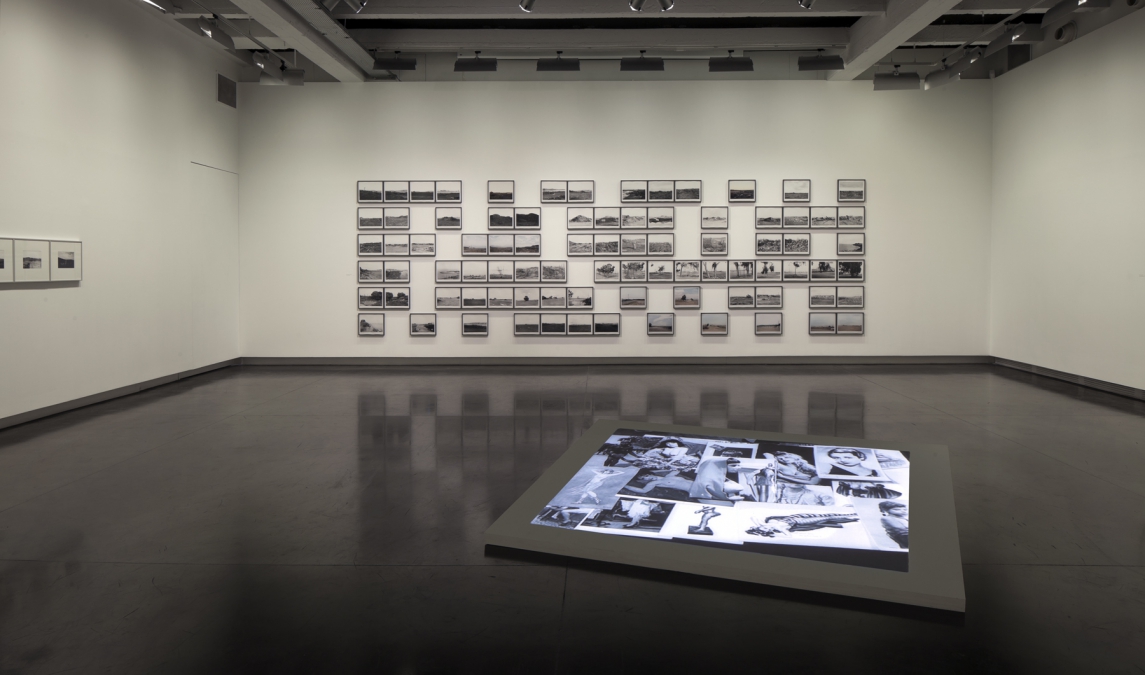
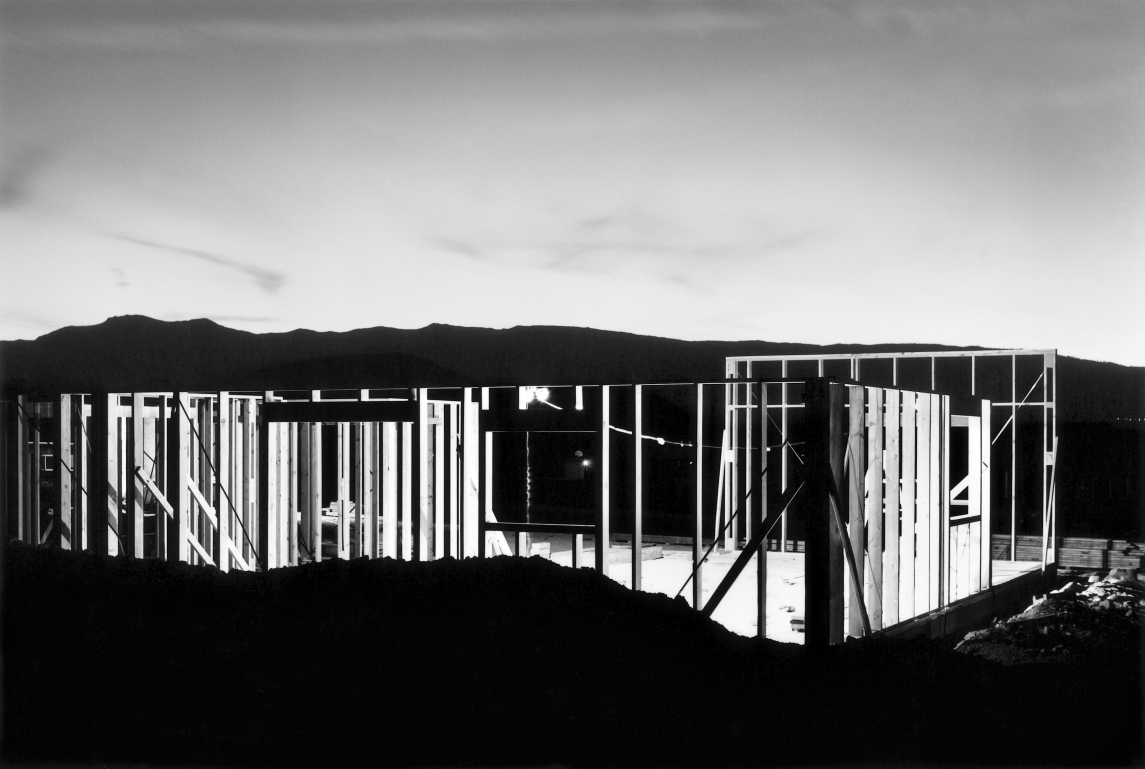
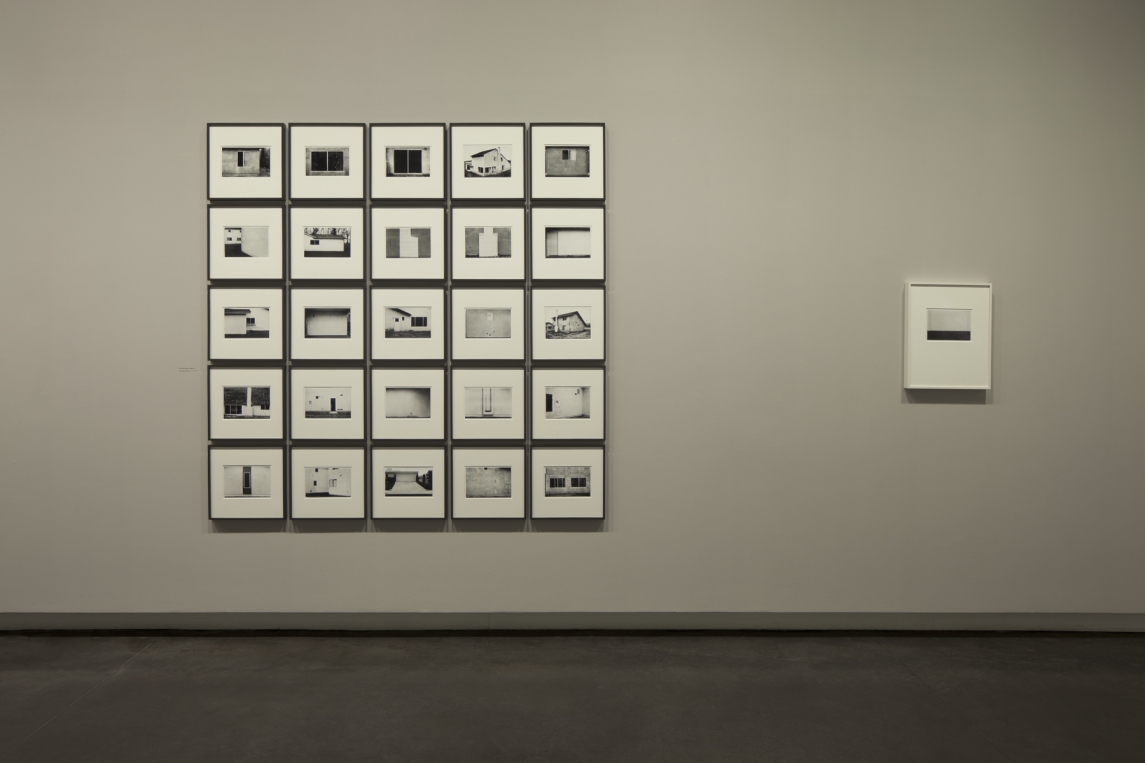
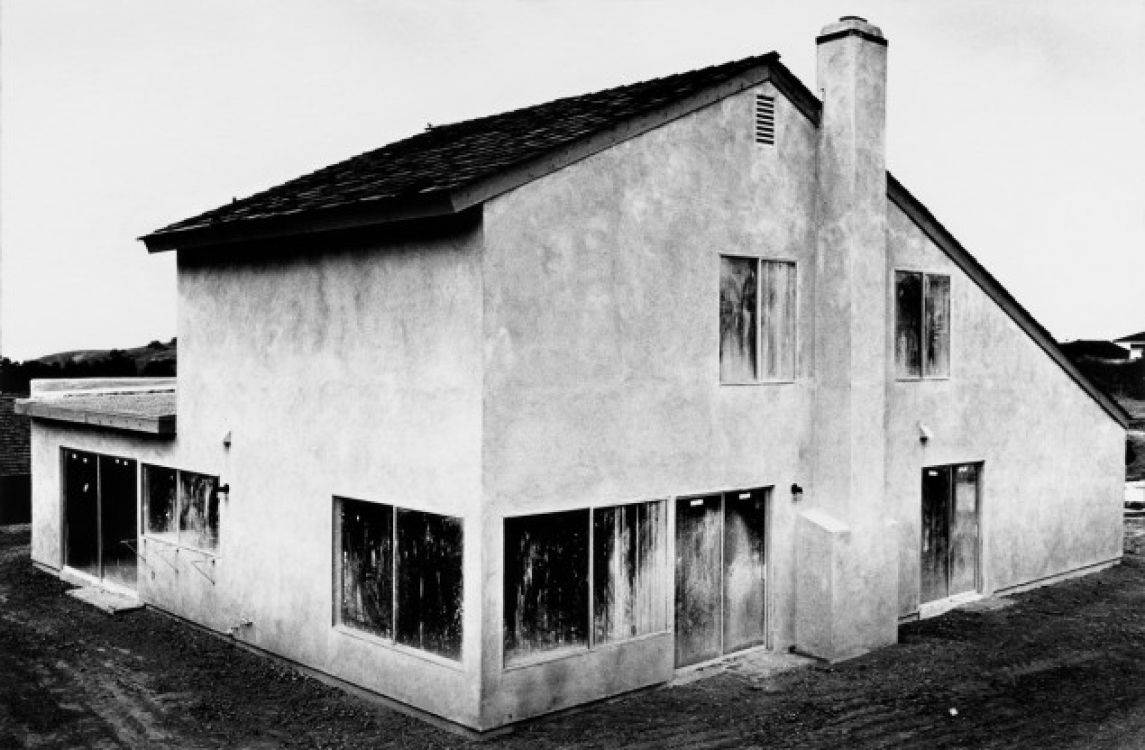
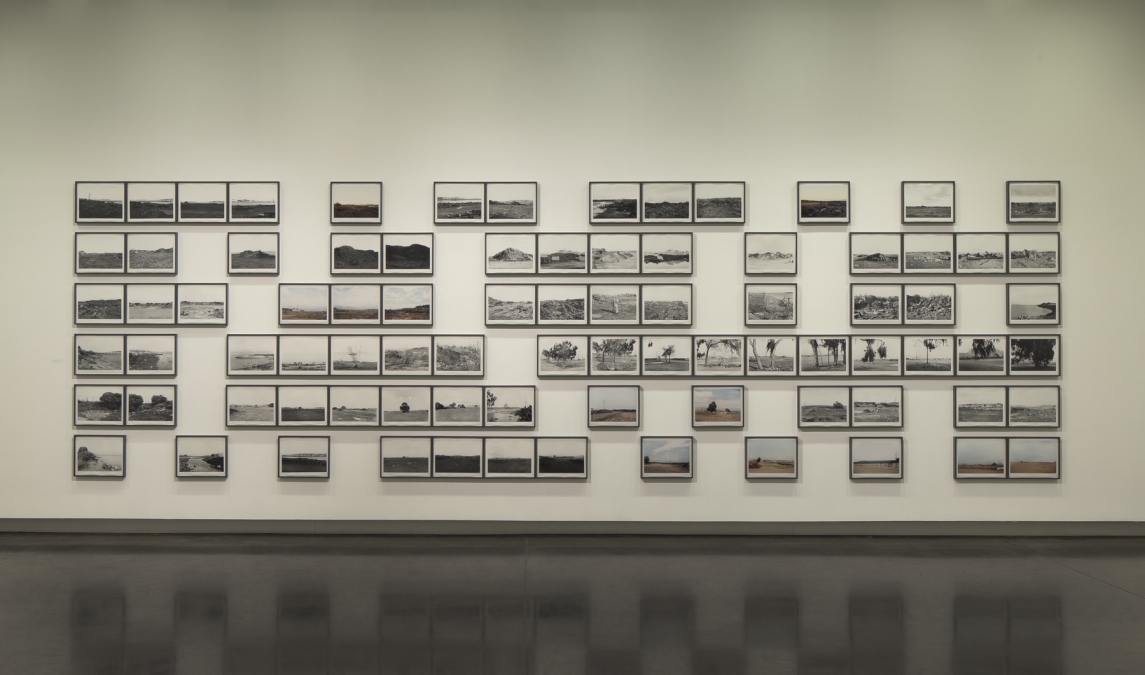
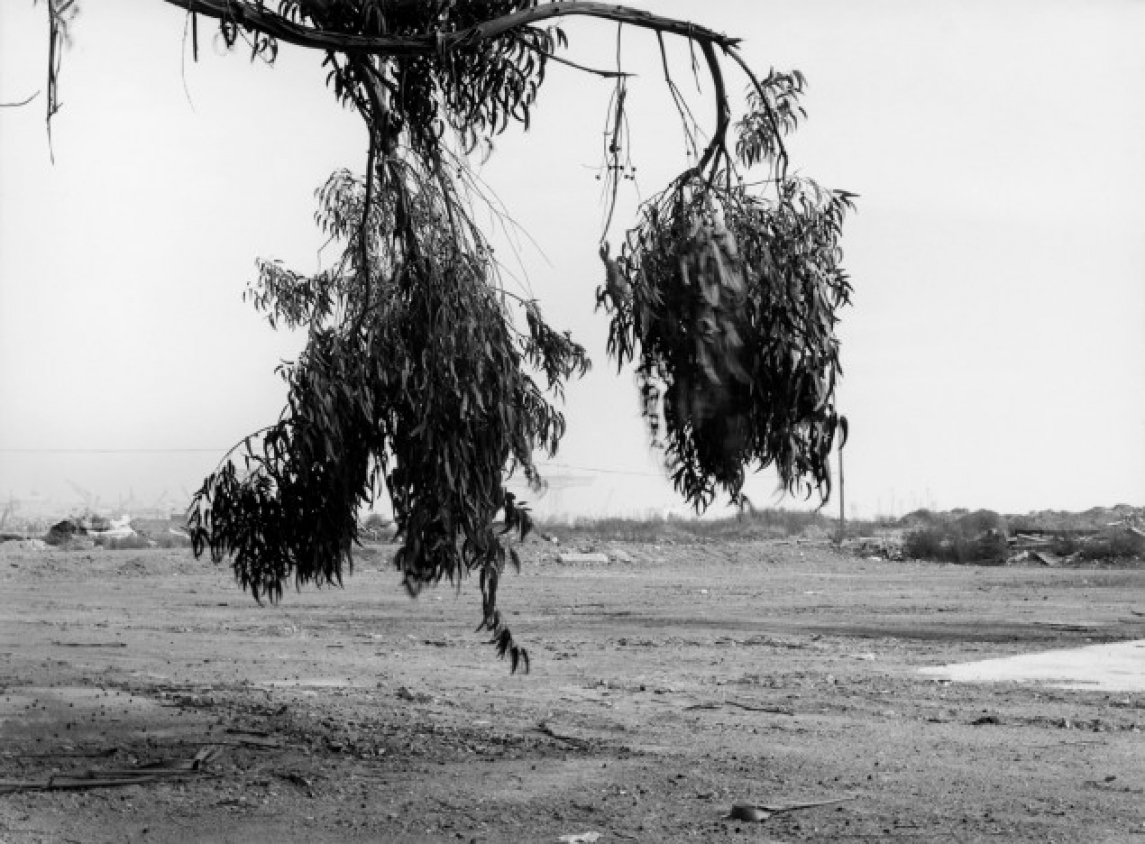
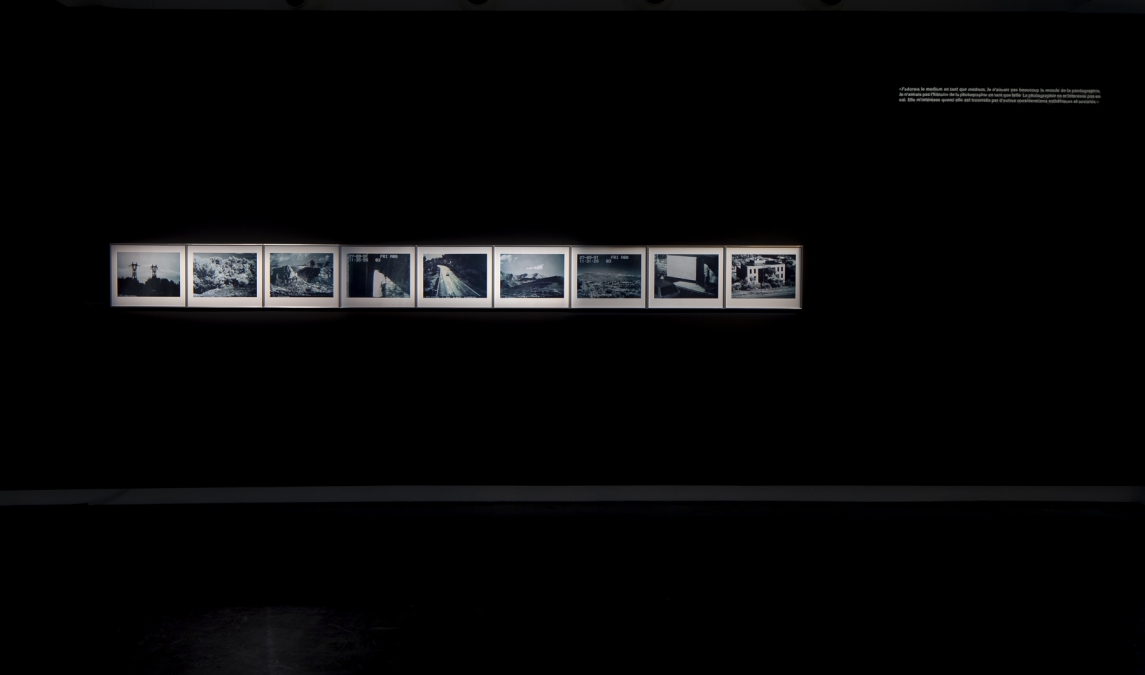
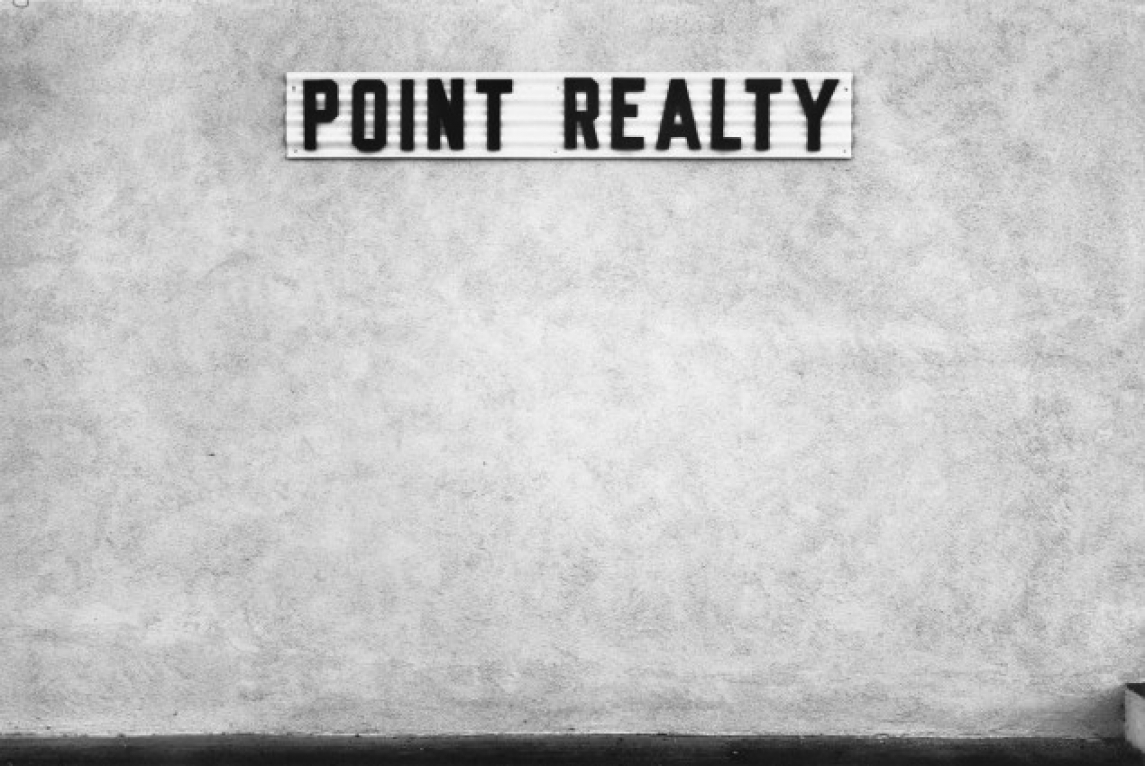
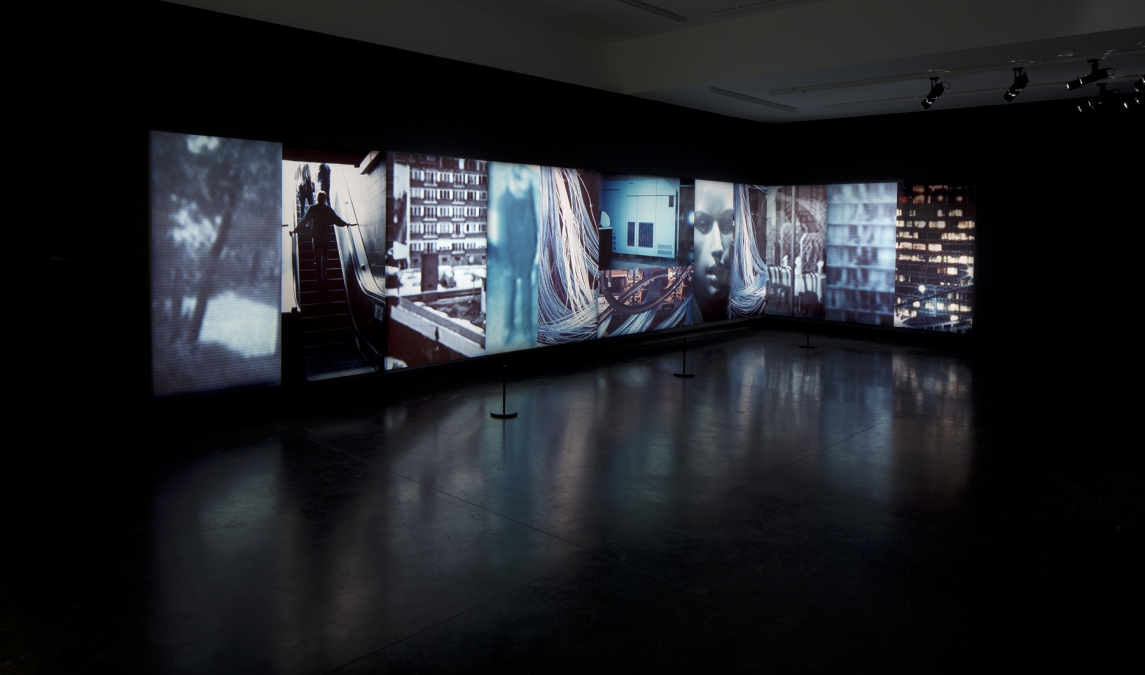
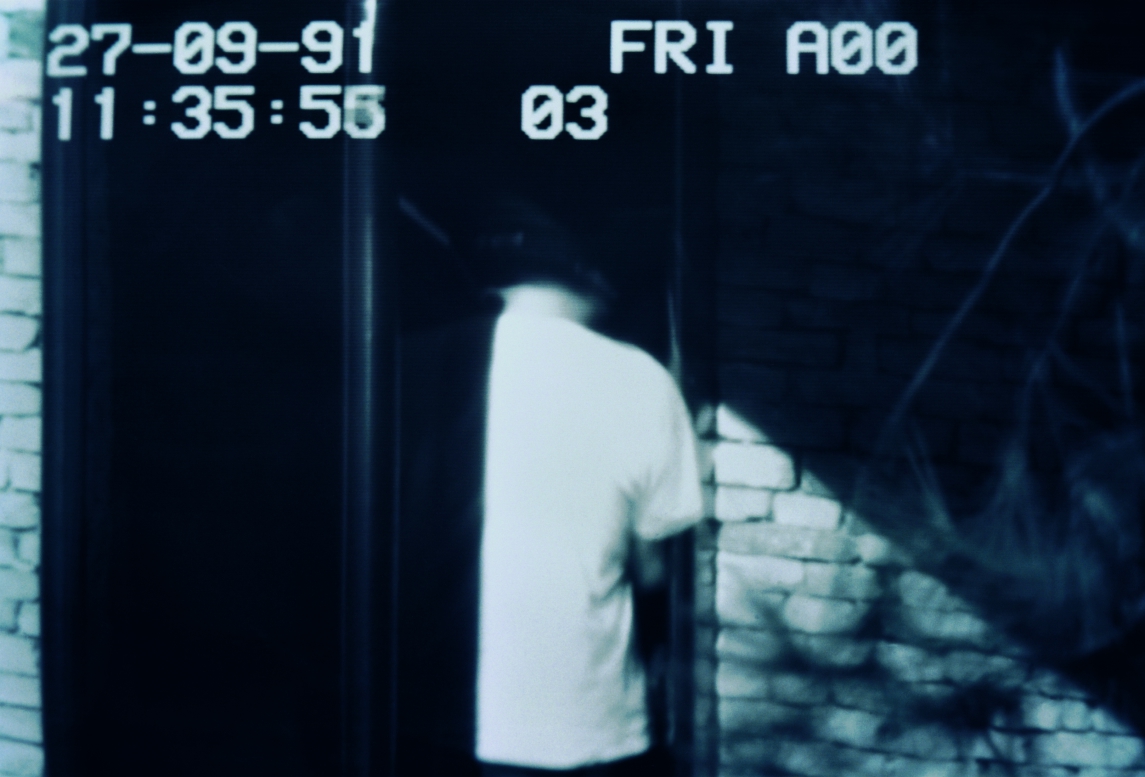
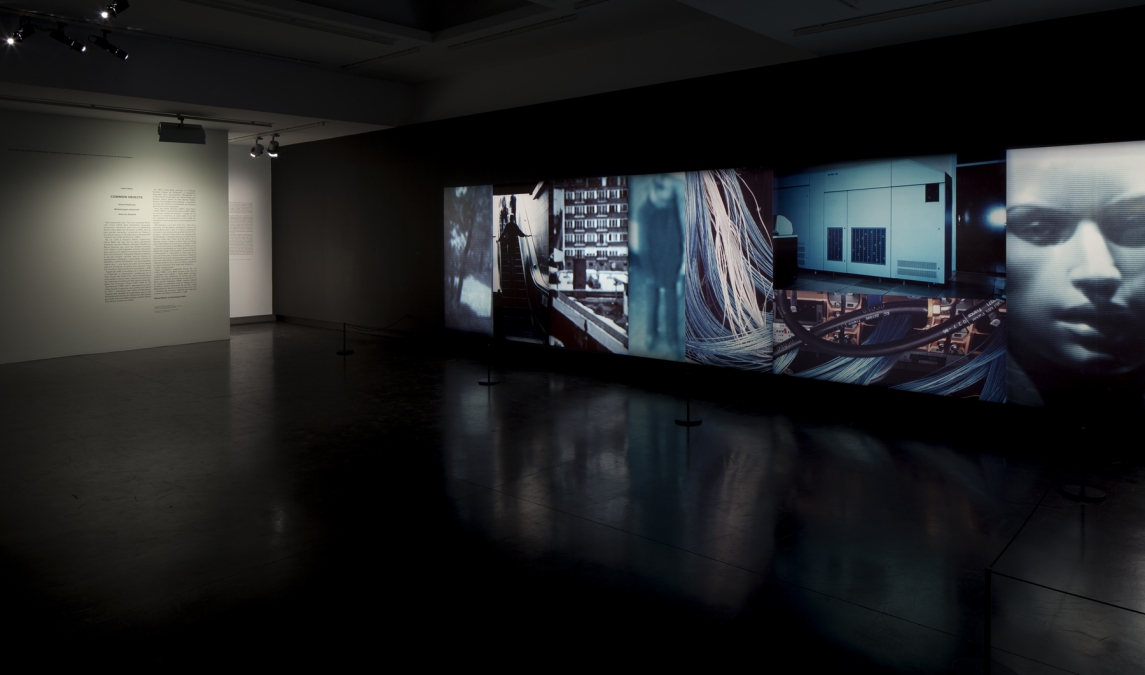
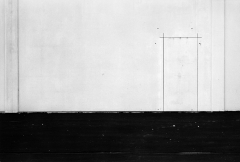
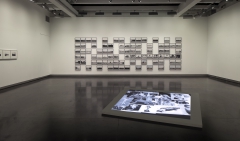
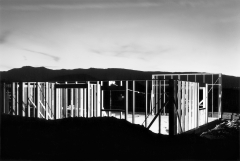
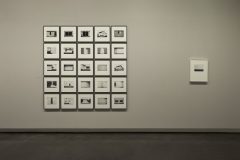
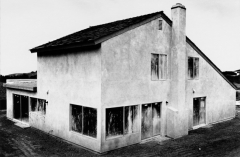
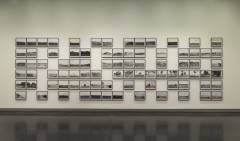
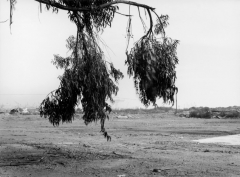
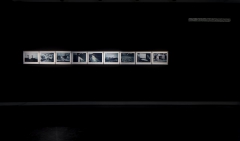
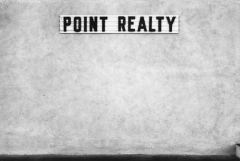
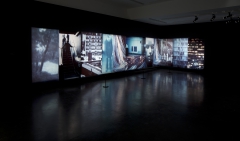
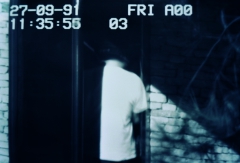
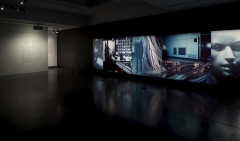
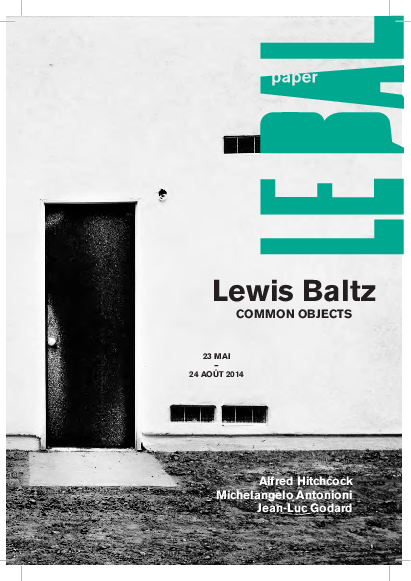 LE BAL PAPER
LE BAL PAPER
